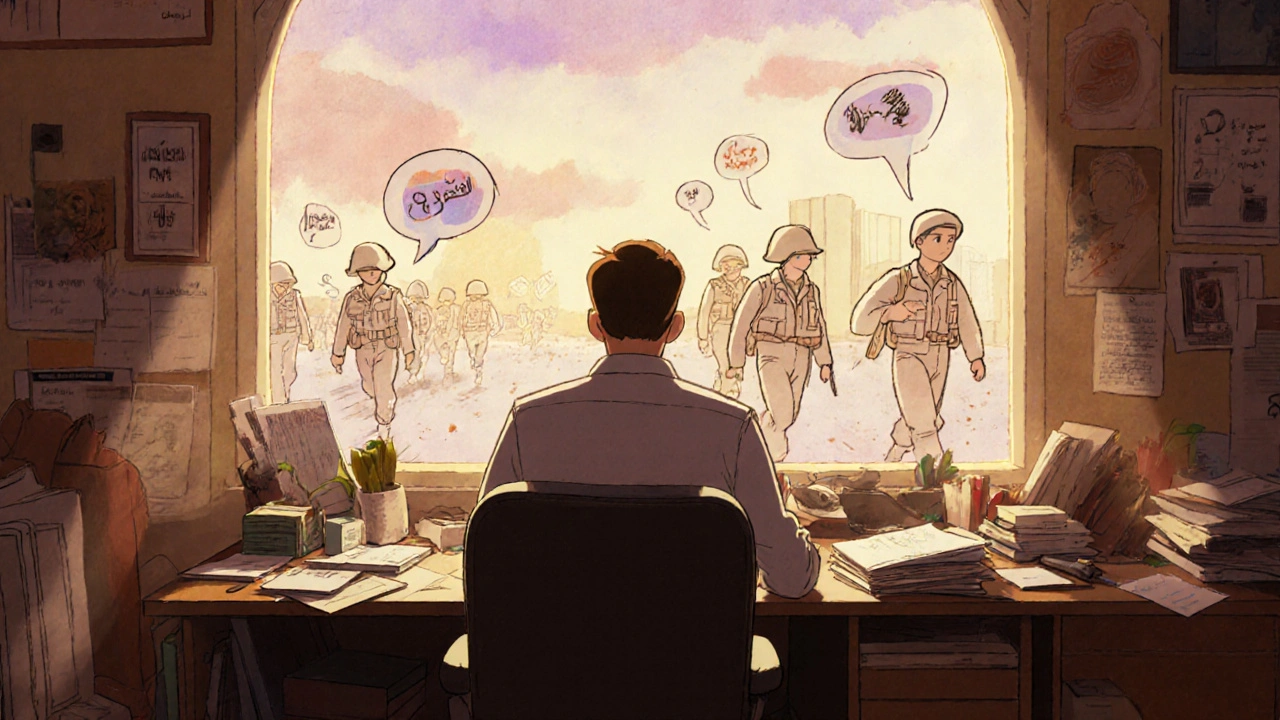Animated Non-Fiction: Real Stories Told Through Animation
When you think of animation, you might picture talking animals or superhero adventures. But animated non-fiction, a form of documentary storytelling that uses animation instead of live footage to depict real events, people, and ideas. Also known as animated documentaries, it’s not just a stylistic choice—it’s a powerful way to show what cameras can’t capture: inner thoughts, historical trauma, or abstract truths. This isn’t fantasy. It’s fact, drawn. Think of films that reconstruct a survivor’s memory, visualize a scientist’s theory, or bring a forgotten voice from the past back to life—all with pencil strokes, digital layers, or cut-out paper. Animation doesn’t hide reality; it reveals it in ways live action never could.
What makes animated documentaries, a subset of non-fiction cinema that blends factual research with artistic expression. Also known as documentary animation, it so effective? Because it removes the limitations of location, time, and permission. You don’t need to film a 1970s protest in real time—you can draw it. You don’t need access to a locked mental institution—you can animate the experience of someone inside. It’s not about replacing reality; it’s about expanding how we understand it. The best animated non-fiction doesn’t just tell you what happened—it makes you feel how it felt. And that’s why it’s growing fast. Filmmakers from Knoxville to Kyoto are using it to tackle topics like immigration, mental health, and systemic injustice with emotional precision.
It’s not just for art house crowds. Animated non-fiction is showing up in classrooms, newsrooms, and streaming platforms because it works. It cuts through noise. It makes complex ideas stick. It gives a face to the voiceless. And when you combine it with real interviews, archival audio, or firsthand testimony, the result isn’t just informative—it’s unforgettable. The posts below dive into how this medium is reshaping storytelling, what tools filmmakers use, and why audiences are responding harder to drawn truth than to filmed truth. You’ll find examples that changed how people see history, memory, and identity—all animated, all real.
Animated documentaries use illustration and motion to tell true stories that live-action can't capture-from war memories to personal trauma. They’re not fantasy. They’re truth made visible.
View More

